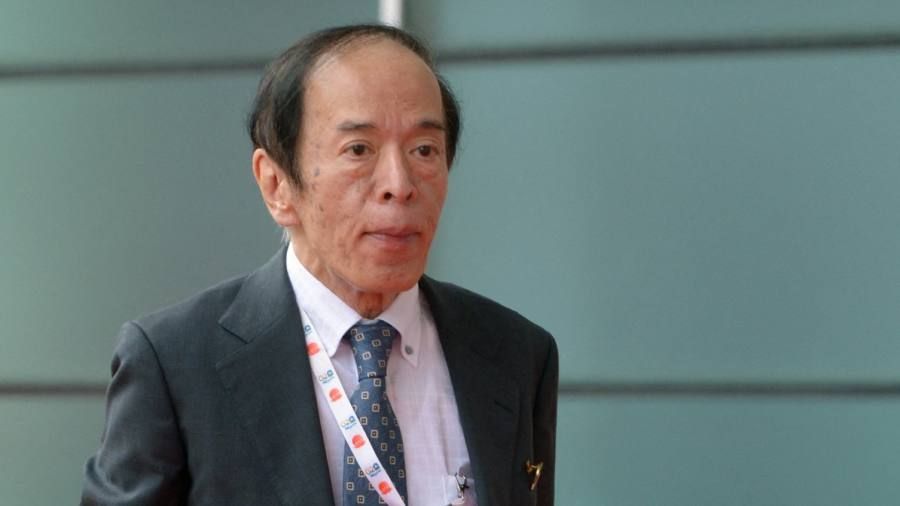Japanese government bond yields spike ahead of Bank of Japan decision
The yield on 10-year Japanese government bonds has breached the Bank of Japan’s yield cap for the first time in four months as investors expect the central bank to relax a longstanding pillar of its ultra-loose monetary policy.
The BoJ remains the world’s only central bank with negative interest rates, and any reversal of this strategy would have massive implications for global financial markets.
Many economists believe the bank will maintain all of its easing measures, including its seven-year strategy of buying bonds to depress yields, known as yield curve control, when its two-day board meeting ends on Friday.
But currency, JGB and equity markets have been rocked by sharp moves after the Nikkei newspaper reported that while the BoJ was expected to continue capping the yield on 10-year government bonds at 0.5 per cent, it might allow long-term interest rates to rise above that by a certain amount.
The 10-year JGB yield rose to a high of 0.504 per cent on Friday, having hovered around 0.44 per cent before the report.
The yen strengthened as much as 0.6 per cent to ¥138.71 against the dollar in response to the move, while Japanese stocks sold off, pushing the benchmark Topix stock index as much as 1.3 per cent lower.
If the current yield cap is loosened without setting a specific ceiling, longtime BoJ watchers warned that it would invite investors to test the BoJ’s resolve, causing sharp rises in 10-year JGB yields and fluctuations in other markets.
“The overall direction of bringing more flexibility to the YCC framework is correct, but it does raise questions on how much the BoJ will tolerate, and it’s inevitable such a move would invite prodding from the markets,” said Mari Iwashita, chief market economist at Daiwa Securities.
Takahide Kiuchi, executive economist at Nomura Research Institute and former BoJ board member, said there was a 50 per cent chance the BoJ would tweak yield curve controls in line with the Nikkei report.
The BoJ last altered its yield curve control policy in December, widening the tolerance to half a percentage point from a quarter — a move that stunned economists and sent government bond prices sliding.
With the Federal Reserve and the European Central Bank continuing to raise rates, the future of the BoJ’s ultra-loose monetary policy stance has come under intense investor scrutiny as inflation has turned out to be more widespread in an economy that has long suffered from deflation.
Headline inflation in Japan rose to 3.3 per cent in June, outpacing the US figure for the first time in eight years.
But Kazuo Ueda, the BoJ’s governor, has called for patience in sustainably achieving its 2 per cent inflation target. Even if the yield curve controls are relaxed, the central bank is expected to keep other easing measures in place, including its negative interest rates.
Additional reporting by Will Langley in Hong Kong
Source: Financial Times


